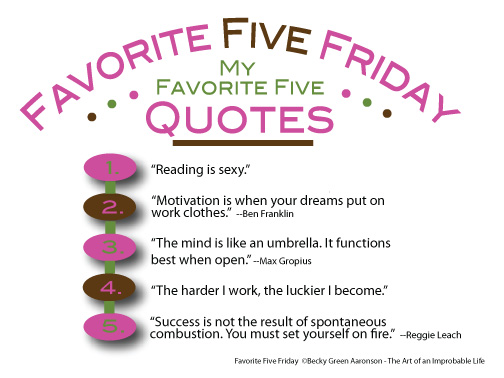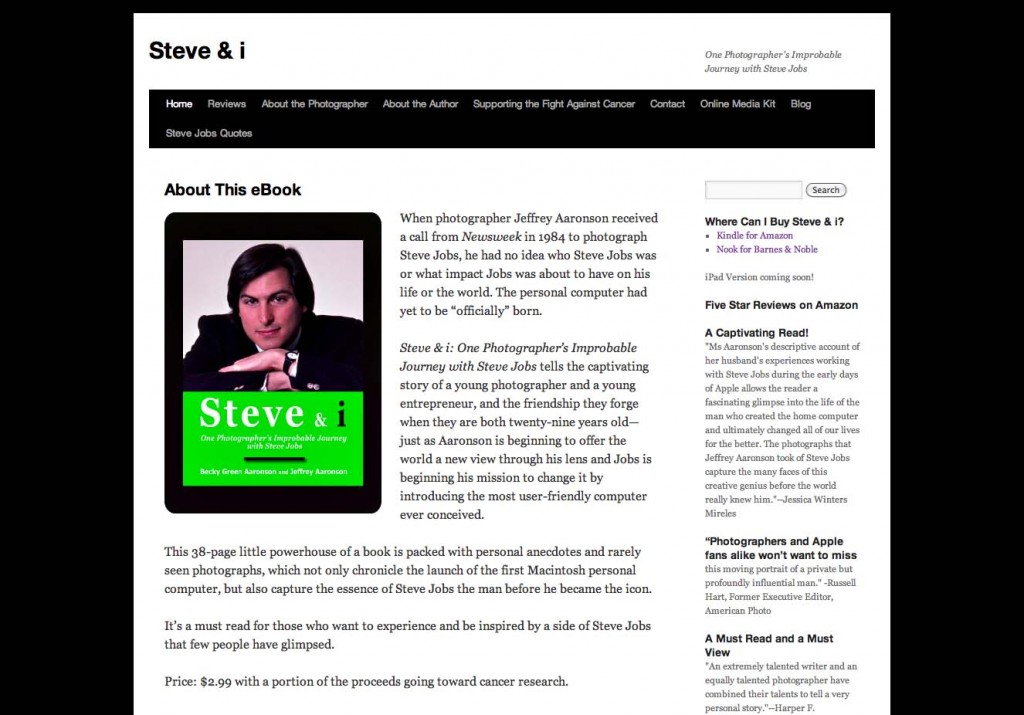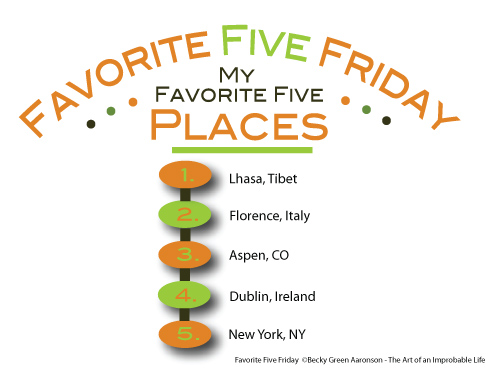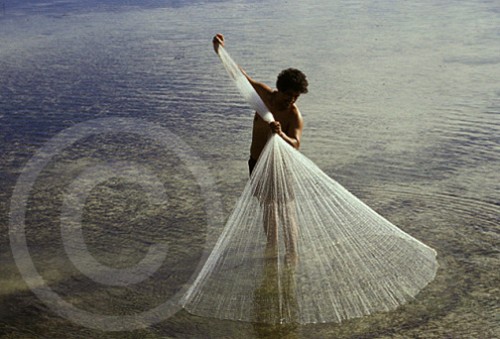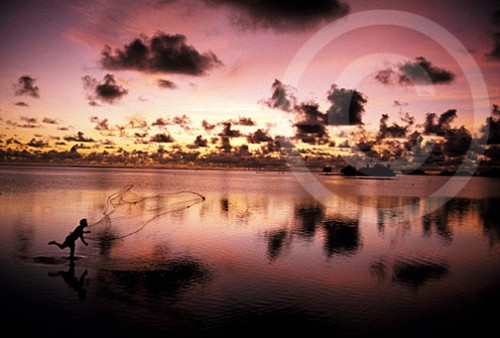Last night as I lay in bed counting sheep, two questions continually swirled through my mind.
- What has happened to my creative mojo?
- Why do I perpetually feel rushed, unfocused and unable to finish what I start?
It seems like months since a rich and textured story has poured out of me with grace and fluidity (at least on my best writing days). Now it feels like each word, thought, and gesture is clumsy and forced—as if I’m madly paddling down a river on a clunky, handmade raft, bumping into rocks all along the way.
Some would chock this up to writer’s block. I would disagree.
I would hand this dubious honor to the curse (and blessing) of social media.
Huh?! Whatcha talkin’ about Willis?
How could Facebook, Twitter and the likes change the flow of one’s creativity?
Simple. There is so much information out there now that our senses are being dulled like stones being tumbled along the bottom of a raging river. As the current of news and ideas continually grows wider and more intense, we are unable to keep pace with the pummeling flow.
I read somewhere that 290 million Tweets are sent each day, over 200 billion videos are viewed each month, and an estimated 100 billion photographs are now shared on Facebook. That’s a whole lot of sharing, and that doesn’t even include blogs or other forms of social media like Digg, Delicious, Tumblr, Squidoo, LinkedIn, or Pinterest.
To switch metaphors (because, as I mentioned I’m struggling with focus), social networking is like standing in the middle of a massive cocktail party in which everyone is talking loudly–all at the same time. Everybody is sharing their latest exciting adventures as well as their greatest discoveries, their juiciest gossip, their funniest jokes, their most heart-warming stories, and their mountains of indispensable advice. The din is mesmerizing. The only problem is that it’s so noisy it’s often difficult to decipher what anybody is saying. It’s also nearly impossible to gather your thoughts to contribute to the conversation in any meaningful way.
After leaving the party, you likely feel dizzy and a tad unfulfilled as random bits of conversations still float through your head. When you get back home and try to write, you realize you’re suddenly nursing a hangover from this gathering. It wavers between a dull haze and a nagging headache. As you rub your temples and try to keep your mind from jumping from thought to thought, you attempt to settle into a creative writing rhythm. It doesn’t happen though, so what do you do? Check your email, of course. Responding to a friend’s or colleague’s message is much less taxing than creating an original thought on a blank screen. Then one thing leads to another and viola, you’re suddenly back in the middle of that noisy party again.
Some would say, “Get a grip, girlfriend. Just turn it off. Drop out. Get back to your creative center.
And they would be right.
Well, sort of.
As an author, social networking provides an important outlet for connecting with readers and like-minded writers. Since I joined the world of blogging and social media last year, I have met some truly phenomenal people—people like you—many of whom I never would have met otherwise. For that I am grateful. Your support, enthusiasm, and generosity have added value to my life in ways I never would have imagined. I genuinely enjoy connecting with you.
The problem is that because you have been so supportive and I’ve come to enjoy you so much, I want to reciprocate. I’m interested in what you’re up to and look forward to reading your latest book, blog post, and Facebook entry. I want to comment and share with others how talented you are. I want to send you a virtual high five for receiving a rave review or winning a much-deserved award. Most of all, I want to say, “thank you.”
But all of this takes time, and a different style of writing, which splinters my focus and makes me feel perpetually rushed and distracted. Instead of writing long, delicious prose, I’m focused on writing brief, clever comments, and communicating in 140 characters or less. I no longer lose myself in a story I’m writing, inhaling the details of the imagery, exhaling the textures of the characters and dialogue.
So what’s a girl to do to get her creative mojo back?
The obvious answer is to turn off and drop out, but that’s tough for somebody who likes to mix it up and party with talented people. Perhaps create first, party later? I know what else I must do. It’s what I always do when I need inspiration: read. Finding a calm eddy in the torrent of social media and immersing myself in the world of literary fiction will no doubt stir my creative soul once again.
So tell me, do you feel like social media is killing your creativity? What is your approach to it all? Are you able to participate in virtual social circles, then transition into a different way of thinking and being creative? Drop me a comment. I’d love to know what’s buzzing through your mind.
 See if you can Name that Photographer from the following five clues:
See if you can Name that Photographer from the following five clues:


